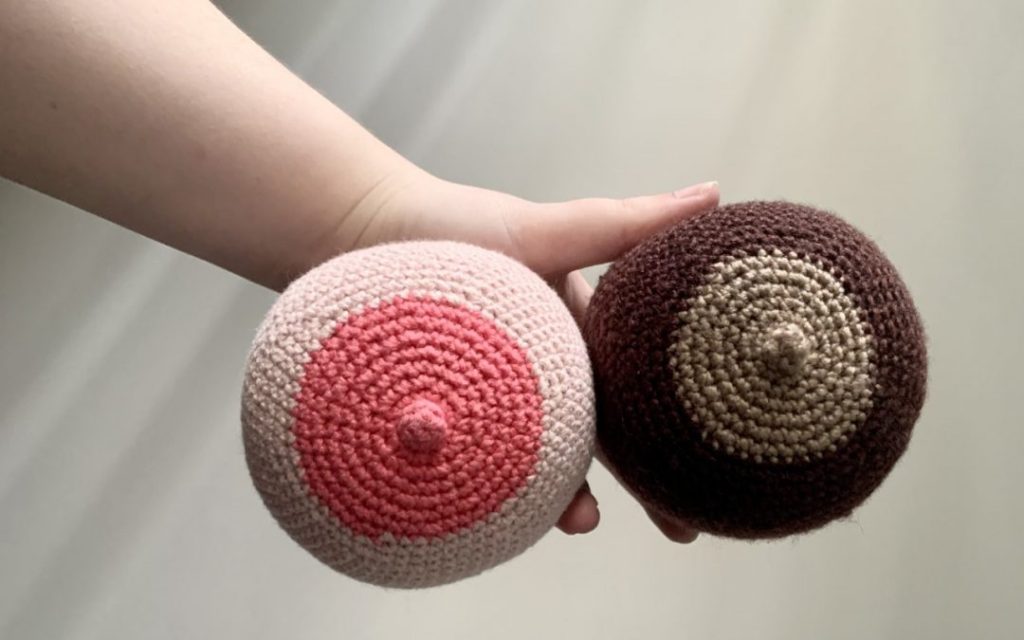Mastitis is a common condition experienced by many breastfeeding mothers, and while it can be painful and stressful, understanding the cause and effective treatments can make a world of difference. In this post, we’ll explore what mastitis is, what causes it, and how you can manage it with self-care techniques.
What Is Mastitis?
Mastitis is an inflammation of breast tissue that can result in pain, swelling, warmth, and redness. It most commonly affects breastfeeding mothers but can also occur in non-breastfeeding women. While mastitis can sometimes lead to infection, most cases are caused by inflammation due to milk buildup in the breast.
What Causes Mastitis?
Mastitis can be triggered by various factors, many of which are related to breastfeeding. The following are common causes of inflammation that can lead to mastitis:
- Physical Trauma: Firm or rough massage, uncomfortable feeding positions, or trauma from pumping can cause tissue irritation.
- Hyperlactation: Overproduction of milk can lead to engorgement and milk buildup, especially when feeding schedules change or are missed.
- External Pressure: Tight bras, carrier wraps, or seams that put pressure on the breast can block milk ducts and cause inflammation.
- Stress: Changes in oxytocin levels, sometimes referred to as the “love hormone,” can impact milk flow and contribute to inflammation.
When the milk ducts become blocked and milk begins to back up, the resulting inflammation can cause swelling and discomfort.
Managing Mastitis: What You Need to Know
It’s important to book an appointment with a professional trained in mastitis and breast health for a proper diagnosis, advice, hands-on treatment, and likely an ultrasound.
At home, there are several gentle techniques you can try to relieve discomfort and help clear blocked ducts. You can find a full list of these techniques available for download in the ‘Downloadable Resources’ section of our website.
While managing mastitis, continue breastfeeding as usual. Here are some important tips to keep in mind:
- Maintain your regular breastfeeding routine.
- If your baby refuses the affected breast due to salty-tasting milk, don’t worry—it’s normal and will pass.
- Avoid over-pumping or overfeeding from the mastitis-affected breast. Use it as you normally would and never aim to fully drain the breast.
- Your milk supply may temporarily decrease on the affected side, but it will return to normal after the inflammation subsides.
Do You Need Antibiotics?
In most cases, mastitis is caused by inflammation rather than a bacterial infection, so antibiotics aren’t usually needed. However, if you experience severe symptoms like vomiting, diarrhea, or fainting, or if there’s no improvement within 24 hours, it’s important to speak with your GP. Trust your body, follow these guidelines, and know that you’ll get through this!
When to Seek Help
If there is no improvement, book an appointment with your osteopath or doctor as soon as possible. If symptoms worsen, seek medical attention immediately.
Final Thoughts: Trust Your Body
Mastitis can feel overwhelming, but with the right tools and knowledge, you can manage it effectively. Trust your health professionals, trust your body, and trust yourself. You’ve got this!




